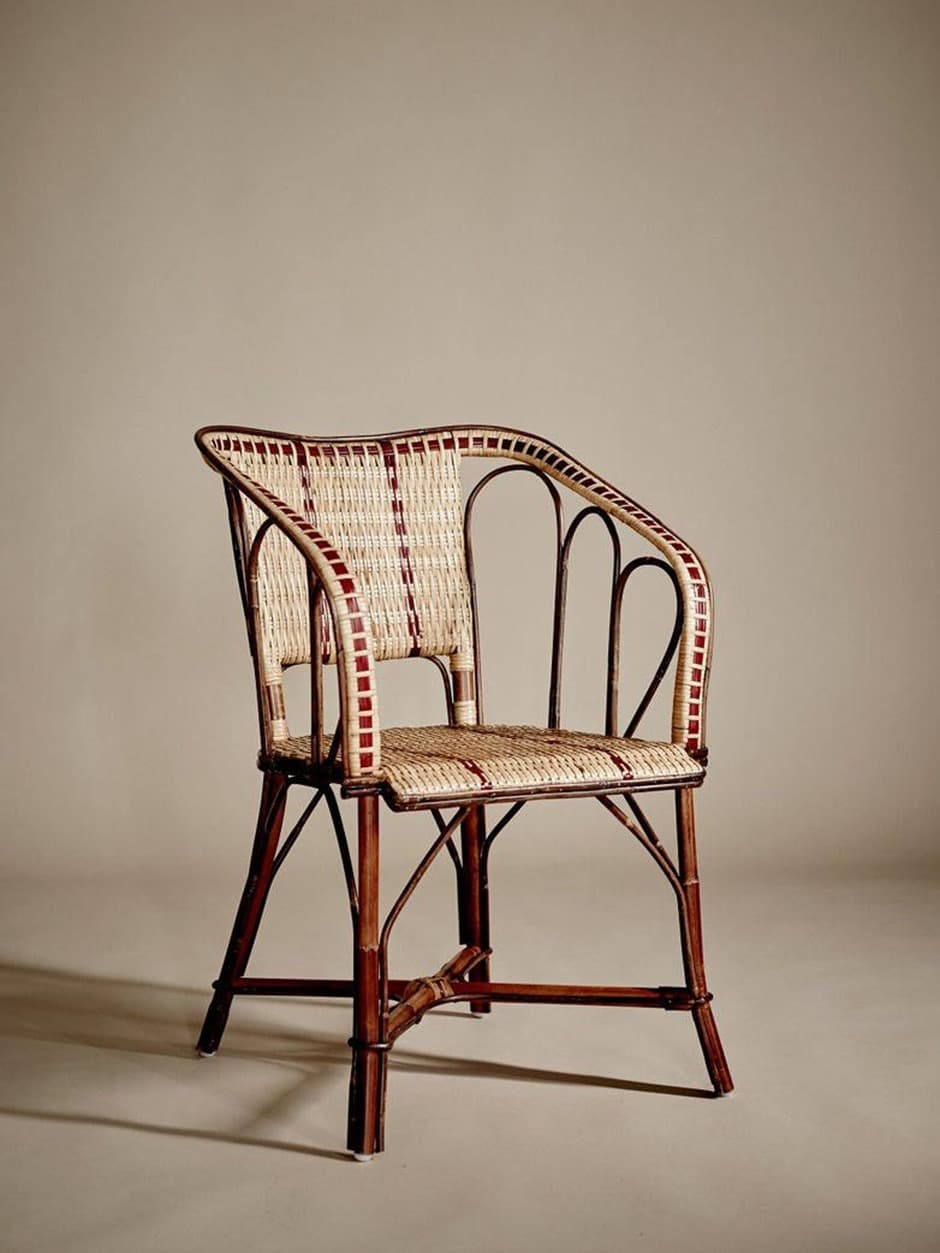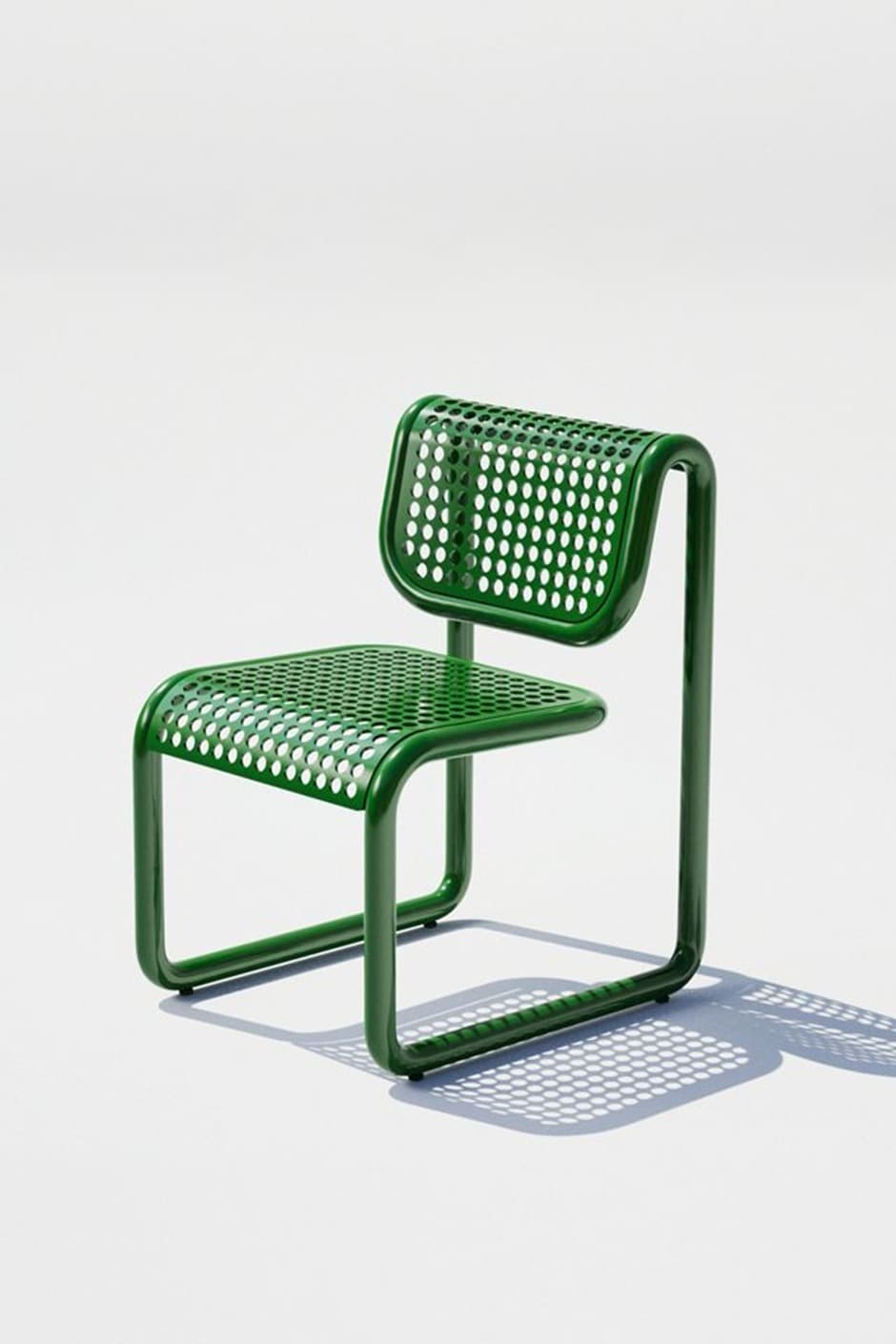Let me tell you about my expensive outdoor furniture mistake. Two summers ago, I bought what looked like a gorgeous patio set - beautiful photographs, decent price, delivered quickly. But it didn't last one full season.
Let me tell you about my expensive outdoor furniture mistake. Two summers ago, I bought what looked like a gorgeous patio set beautiful photographs, decent price, delivered quickly. Eighteen months later? The wicker was unraveling, the frames were rusting, cushions had faded to unrecognizable colors, and I was staring at basically garbage. Turns out I'd bought cheap PVC pretending to be quality materials, and Mumbai's humidity destroyed it faster than I could have imagined.
That mistake taught me material matters more than anything when furniture lives outside facing sun, rain, humidity, and temperature swings daily. China manufactures everything from budget pieces to luxury outdoor furniture rivaling European quality the trick is understanding which materials actually perform versus which just photograph well. Here's what I wish I'd known before spending money the first time.
Rattan and Wicker Furniture
Synthetic rattan and wicker from China dominates outdoor markets for genuinely good reasons. Quality pieces using High Density Polyethylene (HDPE) deliver style, low maintenance, lightweight portability, and serious durability. The woven look brings texture and visual warmth while being completely weatherproof.
But here's the critical part nobody mentions in store HDPE versus PVC makes all the difference. Quality HDPE synthetic resin withstands UV exposure, temperature extremes, and moisture without unraveling, becoming brittle, or cracking for years. Cheap PVC wicker does all those terrible things within one or two seasons. My disastrous first purchase? Definitely PVC.

Most quality synthetic rattan uses aluminum frames underneath the woven exterior, combining strength with weather resistance. Chinese manufacturers in Guangdong and Zhejiang provinces specialize in this construction, offering customization in weave patterns, colors, and configurations. Understanding frame quality and resin grade before buying prevents expensive heartbreak.
Aluminum Furniture
Aluminum outdoor furniture hits the sweet spot between lightweight portability and genuine durability. It won't rust, handles moisture beautifully, resists corrosion, and powder-coated finishes adhere exceptionally well crucial when furniture faces weather constantly. You can rearrange pieces solo without needing help hauling heavy furniture around.
Quality varies dramatically though. Cast aluminum represents the most durable construction thicker, heavier, substantially more robust than extruded aluminum. One person mentioned their 1979 Brown Jordan aluminum set still looking great after decades outdoors in both California sun and Minnesota winters—that's cast aluminum quality. Commercial-grade frames use larger aluminum gauges providing strength that lasts 20+ years easily.

Powder-coating quality determines long-term appearance more than people realize. Premium finishes resist fading even under intense sun, maintaining color for years. Chinese manufacturers offer extensive color options and finish choices at genuinely competitive prices compared to Western brands using identical materials.
Teakwood Furniture
Teak is the gold standard everyone talks about for good reason. This remarkable hardwood contains natural oils and dense grain structure making it incredibly resistant to moisture, rot, pests, and mildew. Quality teak furniture genuinely lasts 30-50+ years outdoors, even exposed to elements year-round. We're talking generational furniture here.
The natural aging process creates a beautiful silvery-gray patina over 3-7 years it's purely surface-level color change that doesn't affect structural integrity at all. Prefer the original honey-gold color? Periodic cleaning and sealing maintains that warm tone. Either way, teak requires shockingly minimal maintenance compared to other outdoor materials.

Chinese manufacturers source Grade A teak and employ skilled craftsmen creating pieces with proper joinery rather than cheap bolted construction that falls apart. Yes, teak costs more initially than aluminum or synthetic wicker. But when furniture truly lasts 50+ years? That initial investment looks completely different. One person shared their satisfaction with investing in quality aluminum expecting 20+ years imagine doubling that timeline with teak.
Cast Aluminum and Steel Furniture
Cast aluminum and steel construction delivers maximum strength when you need furniture staying put permanently. Cast aluminum combines aluminum's rust-resistance with substantially heavier, more durable frames than standard aluminum pieces. It won't blow away during storms a real consideration in windy areas.
Steel remains the strongest material available for outdoor furniture. When properly powder-coated, steel resists rust while providing unmatched structural support. The weight makes steel impractical for furniture requiring frequent moving you're not casually relocating steel dining chairs but for permanent installations it's unbeatable. Wrought iron offers similar strength but needs careful coating against rust.

Chinese manufacturers excel at cast aluminum and steel fabrication, offering competitive pricing on materials costing significantly more from Western suppliers. The key is verifying coating quality and construction methods proper welding, adequate coating thickness, quality finishing separating pieces lasting decades from disappointing failures.
Plastic and Recycled Polymer Furniture
High-quality plastic and recycled polymer furniture has evolved way beyond cheap lawn chairs everyone remembers. Modern HDPE lumber and premium polymers create furniture that's weatherproof, fade-resistant, virtually maintenance-free, and surprisingly attractive. These materials never need painting, won't splinter or crack, resist insects, handle extreme temperatures.
One person shared their Polywood Adirondack chairs still looking brand new after six years outdoors 365 days yearly with zero fading. That's the quality level premium polymers deliver. Recycled polymer furniture addresses environmental concerns while delivering excellent 20+ year performance without maintenance.

Chinese manufacturers lead innovation in polymer furniture technology, developing materials and construction techniques creating lightweight yet durable pieces. Prices remain competitive while quality continues improving dramatically.
Making Smart Choices
Understanding material characteristics prevents expensive mistakes like mine. Consider your climate, usage patterns, maintenance willingness, and budget honestly. Humid coastal areas benefit from aluminum or synthetic materials over wood unless you're committed to teak. Covered patios expand wood options. High-traffic areas need durable construction regardless of material.
Don't make my mistake of prioritizing photographs over performance. One designer mentioned the common trap of choosing style over durability buying something looking good but falling apart after one season. Measure your space properly, consider comfort alongside aesthetics, research materials for your specific climate. China's outdoor furniture manufacturing offers quality across all price points when you understand what separates lasting pieces from disappointing failures.
